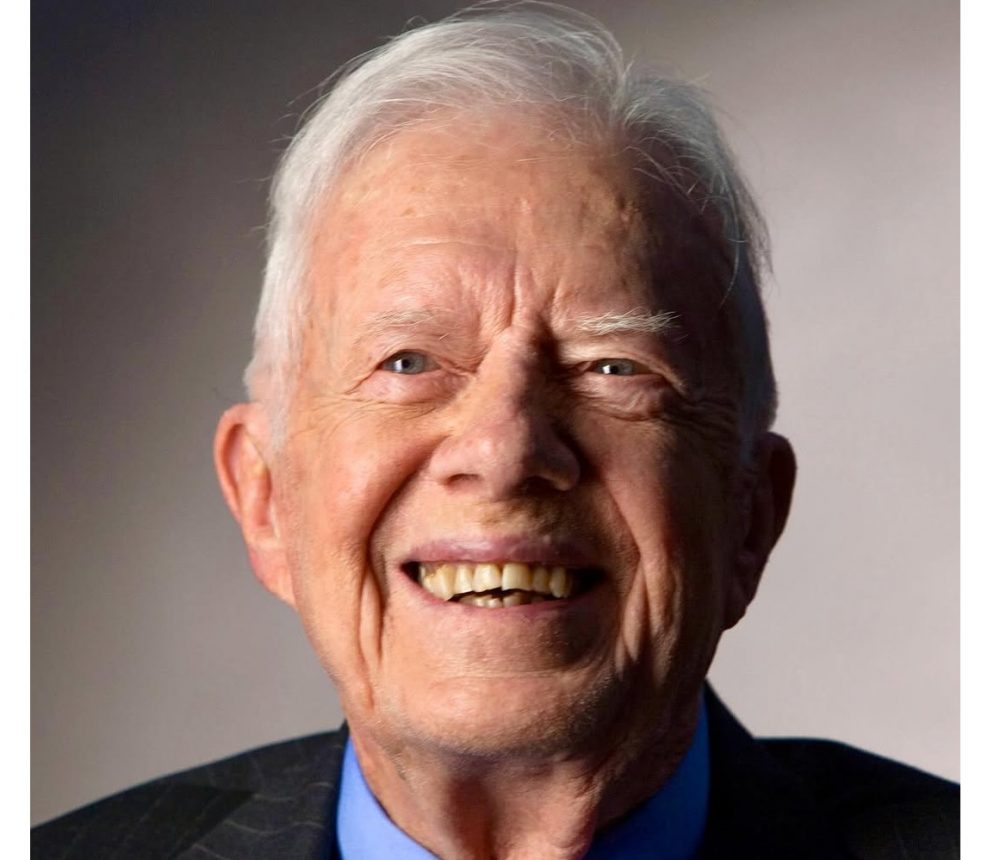With the changing seasons, a familiar ritual looms on the horizon—Daylight Saving Time (DST). This century-old practice affects nearly everyone, from the early risers to the night owls. Understanding when daylight savings time occurs not only saves one from potential confusion but also offers a glimpse into a tradition that has sparked debate for over a century.
What Is Daylight Saving Time?
At its core, daylight saving time is a simple concept designed to better use daylight. Individuals enjoy longer evenings during the summer months by moving the clock forward one hour in the spring. Conversely, turning the clock back in the fall adjusts the morning light for the shorter days. This shift aims to conserve energy, reduce artificial light usage, and provide more daylight for outdoor activities.
Understanding When Daylight Savings Time Change Kicks Into Effect
Understanding when daylight savings time change kicks into effect will keep you ahead of the curve when it comes to scheduling meetings, vacations, etc. In 2024, daylight saving time begins on the second Sunday in March and concludes on the first Sunday in November. Marking these dates on the calendar ensures that one always attends the time change, avoiding the all-too-common scramble to adjust clocks (and sleep schedules) at the last minute.
The reminder to "spring forward" and "fall back" serves as a handy mnemonic for these seasonal adjustments. Yet, beyond the practical considerations, the story of daylight saving time intertwines with history, science, and whimsy.
A Look Back: The Whimsical Proposal by Benjamin Franklin
Benjamin Franklin's 1784 essay, “An Economical Project,” humorously suggested that Parisians could economize on candle usage by waking at dawn. His fanciful ideas included ringing church bells and firing cannons to rouse sleepers early in the morning. Though Franklin’s proposal was made in jest, it planted the seeds for today’s daylight saving time.
The Real Pioneer: William Willet
William Willet, a British builder, earnestly championed the cause of daylight saving time after a pre-dawn ride through London. Observing closed shutters despite the morning sunlight, Willet penned “The Waste of Daylight” in 1907, advocating for clocks to be set forward in spring. Despite facing ridicule and opposition, Willet laid the groundwork for a global practice.
World War I: The Catalyst for Change
The outbreak of World War I transformed daylight saving time from an interesting theory to a practical measure for energy conservation. Germany led the way in 1915, with Britain and the United States soon following, recognizing the importance of conserving fuel for the war effort. This period marked the first widespread adoption of DST, setting a precedent for its use during times of crisis.
The Controversy and Misconceptions
Contrary to popular belief, farmers were not the proponents of daylight saving time; they were among its most vocal critics. The agricultural community's routines, dictated by the sun rather than the clock, clashed with the imposed time changes. Following World War I, resistance from various sectors led to the repeal of DST, showcasing the divide between urban and rural lifestyles.
DST Through the Years: Adjustments and Legislation
Over the decades, daylight saving time has seen numerous adjustments. The Uniform Time Act of 1966 standardized its observance, but debates and legislative changes continued. The Energy Policy Act of 2005 set the current schedule, aiming for enhanced energy efficiency.
Daylight Saving Time Today
The need to understand when daylight savings time change kicks into effect reflects more than curiosity about changing clocks. It signifies ongoing discussions around the benefits and drawbacks of DST. While some argue for its energy-saving advantages, others point to its challenges for agriculture and health.
Wrapping Up
As states explore legislation to cease switching clocks, daylight saving time's future hangs in the balance. Whether for or against DST, staying informed and prepared for the time change is essential. So, as 2024 approaches, marking the calendar for the start and end of daylight saving time ensures that no one is left behind when the clocks shift.







